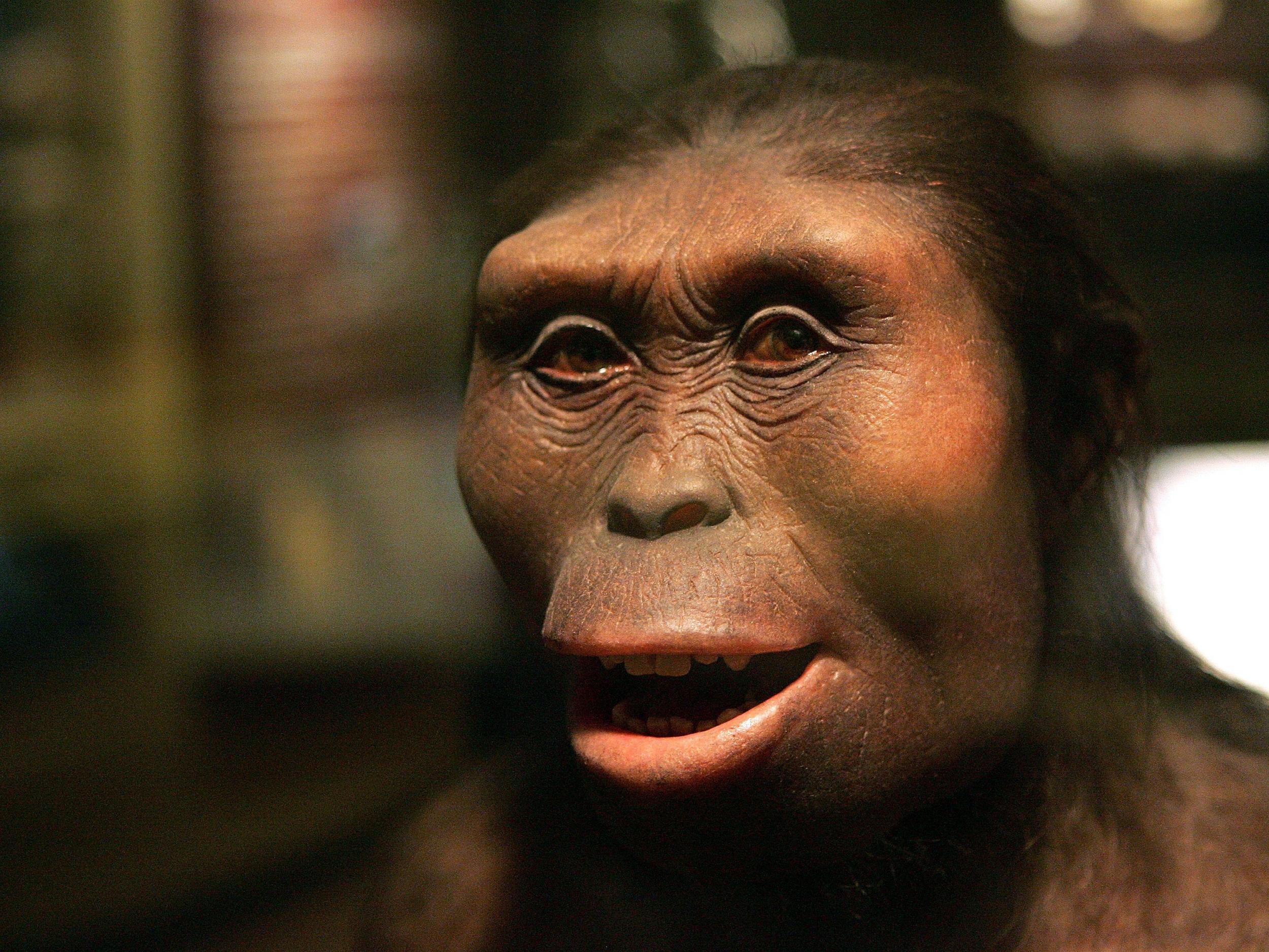Who is Lucy the Australopithecus: How related are you to the 3.2 million-year-old hominid?
Despite looking drastically different to modern humans, Australopiths like Lucy walked upright and even used tools

Your support helps us to tell the story
From reproductive rights to climate change to Big Tech, The Independent is on the ground when the story is developing. Whether it's investigating the financials of Elon Musk's pro-Trump PAC or producing our latest documentary, 'The A Word', which shines a light on the American women fighting for reproductive rights, we know how important it is to parse out the facts from the messaging.
At such a critical moment in US history, we need reporters on the ground. Your donation allows us to keep sending journalists to speak to both sides of the story.
The Independent is trusted by Americans across the entire political spectrum. And unlike many other quality news outlets, we choose not to lock Americans out of our reporting and analysis with paywalls. We believe quality journalism should be available to everyone, paid for by those who can afford it.
Your support makes all the difference.Despite her short stature and hirsute frame, Lucy the Australopithecus afarensis, whose discovery is today commemorated with a Google Doodle, was from a species that could be a forerunner to modern humans.
As her named suggests, Lucy came from the Australopithecus genus, and was a member of the Hominini tribe, just like us.
Lucy was one of the later Australopiths, and is believed to have lived in what is now Ethiopia around 3.2 million years ago - roughly 800,000 years after her species first evolved.
Although the remains of Lucy are currently held in the National Museum in Addis Ababa, not far from where she was found, other members of her species were much better-travelled - animals from the same genus spread throughout Africa, before becoming extinct around 2 million years ago.
Despite our obvious differences, modern humans and Lucy have one important similarity - we both walk upright.
Bipedal movement is a very human quality, and scientists immediately recognised that Lucy could walk after studying the structure of her knees and the shape of her spine.
It's widely believed that one Australopithecus genus was the ancestor of the Homo genus, which comprises modern humans, as well as now-extinct species like Homo habilis and Neanderthal man.
However, it's not known for sure which Australopithecus species gave rise to Homo - but since Homo evolved around 2.8 million years ago, it's possible that our two species are related in some way.
At her discovery, it was thought that Lucy could be the oldest direct ancestor of modern humans - another stepping-stone towards the 'missing link', the common ancestor we share with chimpanzees.
It's since turned out that we probably split from chimps much earlier, maybe as early as 13 million years ago.
There were many different hominid species living around this period, often interacting or even breeding with each other, making it hard to find our true common ancestor.
At any rate, the discovery of Lucy's two-legged walking and her well-preserved remains brought us one step closer to understanding where we came from.
Subscribe to Independent Premium to bookmark this article
Want to bookmark your favourite articles and stories to read or reference later? Start your Independent Premium subscription today.
Join our commenting forum
Join thought-provoking conversations, follow other Independent readers and see their replies
Comments